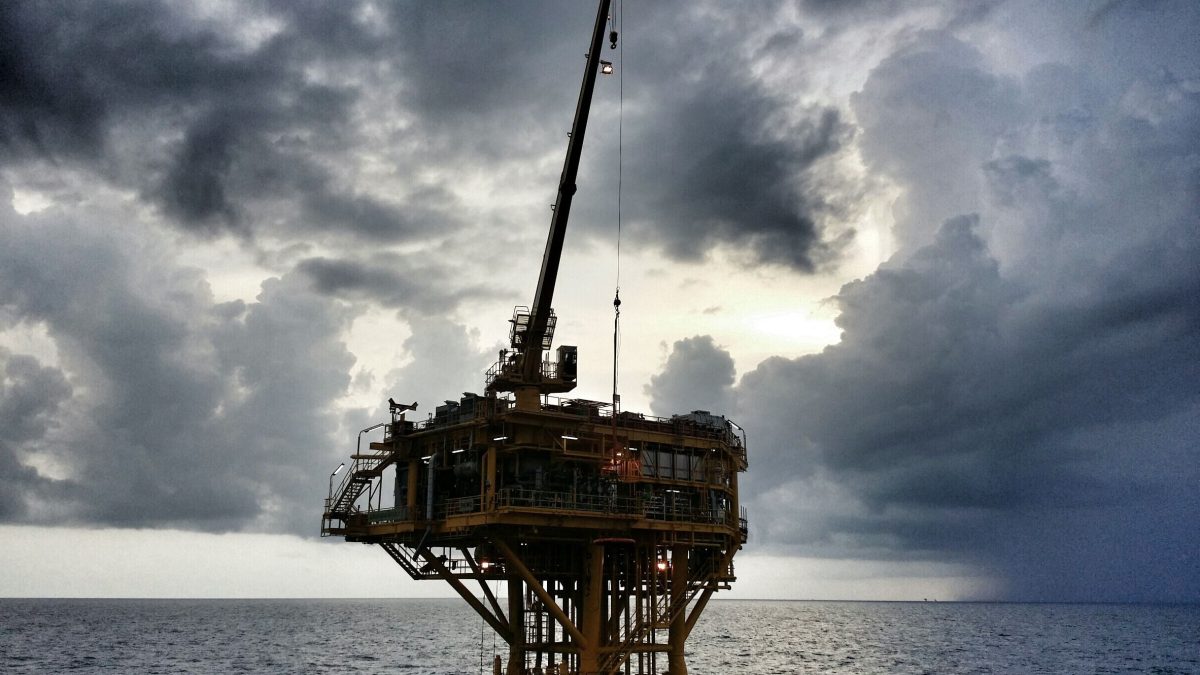Oil prices were slightly higher on Thursday after spending most of the session in red due to lack of clarity over US President Donald Trump’s tariff and energy policies.
At present, the major question in the market revolves around whether the rally in oil prices since December has come to an end, or does the market have more upside potential?
“President Trump is likely to remain a key area of focus in the coming days as markets wait for further clarity on tariffs and other moves that may impact markets,” said Zain Vawda, market analyst at OANDA.
At the time of writing, the price of West Texas Intermediate (WTI) crude oil on the New York Mercantile Exchange was at $75.61 per barrel, up 0.2%.
Brent crude on the Intercontinental Exchange was 0.3% higher at $79.20 a barrel.
Oil prices had climbed to multi-month highs earlier this month, and both benchmarks topped the psychologically-crucial barrier of $80 a barrel.
Most of the gains were on the back of fresh US sanctions on Russian oil exports.
The sanctions targeted more Russian producers, tankers and insurers, halting supply of oil to major buyers such as India and China.
Some pullback was overdue
The current oil market is influenced by several key factors, including increased US oil production due to Trump’s policies, reduced geopolitical tensions in Gaza and a shift towards renewable energy sources.
These factors contributed to the bearishness in oil prices on Thursday.
Additionally, the US Energy Information Administration reported on Wednesday that crude oil inventories in the country rose by nearly 1 million barrels last week. This further weighed on sentiments.
“At current levels, front-month WTI has dropped around 5% from the six-month high of $79.59 hit just over a week ago. That is relatively modest considering the near-20% rally since early December,” David Morrison, senior market analyst at Trade Nation, said.
So, some kind of pullback was overdue, and that’s what is unravelling now.
Moreover, the market would be aware of the fact that the Organization of the Petroleum Exporting Countries and allies have enough spare oil production capacity at their disposal.
If supply falls sharply, OPEC+ could turn on the taps and bring back barrels to the market.
Supply scenario
The International Energy Agency last week had trimmed its forecast for the market surplus of oil in 2025.
The Paris-based agency now expects the oil surplus this year at 750,000 barrels per day compared with nearly 1 million barrels per day a month ago.
However, production of oil is set to increase from April when OPEC+ countries unwind some of their voluntary output cuts.
In such a scenario, oil prices could take further hits.
However, the recent sanctions on Russian and Iranian crude exports have made things more complicated.
If these sanctions continue to make less Russian oil cargo available to the market, top crude purchasers such as China and India would try to source their oil from other countries, raising demand.
In December, the Biden administration had imposed sanctions on the Iranian shadow fleet.
According to IEA estimates, this is already affecting 500,000 barrels a day of exports from the Middle Eastern country.
Trump is likely to further tighten sanctions on Iran.
“Due to the price increase and the widening of price differentials at the front end of the forward curve, the market has already anticipated a tightening of the oil supply as a result of the sanctions against Russia and Iran,” Carsten Fritsch, commodity analyst at Commerzbank AG, said.
Nevertheless, a further price increase is to be expected if sanctions are tightened.
Difficult for prices to rally much further
“It’s the depth, shape and length of this pullback which should provide clues as to where crude goes next,” Morrison said.
“It could be that crude has topped out already, with President Trump’s injunction to: ‘Drill, baby, drill!’ providing a perfect ‘sell’ signal in anticipation of more product hitting an already oversupplied market.”
Trump’s encouragement to more drilling could be interpreted as a bearish signal for the crude oil market even as supply from Russia and Iran remains constricted.
This increase in supply could cause crude oil prices to decline, suggesting that we may have already seen the peak of crude oil prices.
Morrison noted:
On the other hand, this could be a much-needed pullback and consolidation prior to a multi-month rally taking prices back up towards $100 per barrel. As things stand, it’s too early to know.
“But crude remains overbought which makes it difficult to rally much more from current levels,” he added.
The post Are crude prices nearing the end of their rally? An analysis appeared first on Invezz

